North America : Leading Market for Innovation
North America is the largest market for fall detection systems, accounting for approximately 45% of the global market share. The region's growth is driven by an aging population, increasing healthcare expenditure, and a rising awareness of fall-related injuries. Regulatory support, such as Medicare reimbursement for fall detection devices, further catalyzes demand. The U.S. and Canada are the primary contributors to this market, with significant investments in healthcare technology. The competitive landscape in North America is robust, featuring key players like Philips, Honeywell, and ADT. These companies are at the forefront of innovation, offering advanced fall detection solutions that integrate with smart home technologies. The presence of established healthcare systems and a focus on preventive care enhance the market's growth potential. Additionally, partnerships between technology firms and healthcare providers are becoming increasingly common, driving further advancements in this sector.
Europe : Emerging Market with Growth Potential
Europe is witnessing significant growth in the fall detection system market, holding approximately 30% of the global share. The region's growth is fueled by an increasing elderly population, rising healthcare costs, and a strong emphasis on patient safety. Regulatory frameworks, such as the European Union's Medical Device Regulation, are enhancing the quality and safety of fall detection devices, thereby boosting consumer confidence and adoption rates. Germany and the UK are the largest markets, contributing significantly to the overall growth. Leading countries in Europe include Germany, the UK, and France, where key players like Tunstall Healthcare and Lifeline are making substantial inroads. The competitive landscape is characterized by innovation and collaboration, with companies focusing on integrating IoT technologies into their products. The presence of a well-established healthcare infrastructure and a growing trend towards home healthcare solutions are further driving the market's expansion.
Asia-Pacific : Rapidly Growing Market Segment
Asia-Pacific is emerging as a significant player in the fall detection system market, accounting for approximately 20% of the global share. The region's growth is driven by a rapidly aging population, increasing urbanization, and rising healthcare awareness. Countries like Japan and China are leading the charge, with government initiatives aimed at improving elderly care and safety. The demand for advanced healthcare solutions is further supported by technological advancements and increasing disposable incomes in the region. Japan, China, and Australia are the leading markets in Asia-Pacific, with key players like Samsung and Vayeca actively participating in the sector. The competitive landscape is evolving, with local startups and established companies innovating to meet the growing demand for fall detection systems. Collaborations between technology firms and healthcare providers are becoming more common, enhancing the availability and effectiveness of these solutions in the region.
Middle East and Africa : Untapped Market with Opportunities
The Middle East and Africa region is currently the smallest market for fall detection systems, holding about 5% of the global share. However, it presents significant growth opportunities due to increasing awareness of elderly care and safety solutions. The region's growth is driven by rising healthcare investments and government initiatives aimed at improving healthcare infrastructure. Countries like South Africa and the UAE are leading the market, focusing on enhancing healthcare services for their aging populations. In the competitive landscape, local players are beginning to emerge, while international companies are exploring partnerships to penetrate this untapped market. The presence of key players is still limited, but the growing demand for fall detection systems is attracting attention from both local and global firms. As healthcare systems evolve, the potential for innovative solutions in this region is substantial, paving the way for future growth.

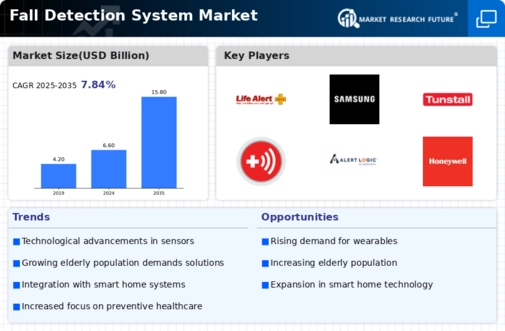
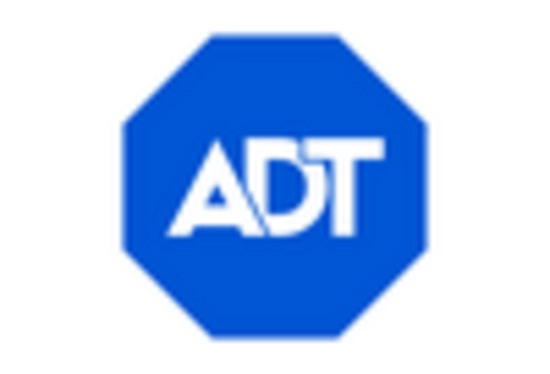

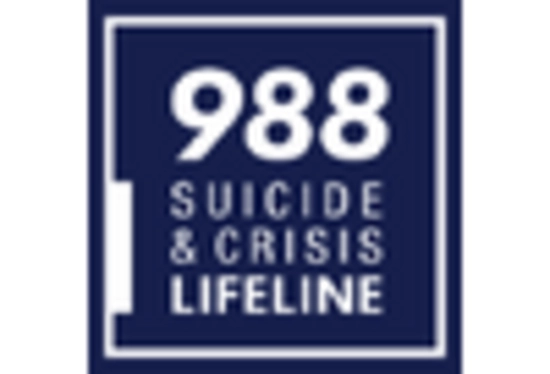
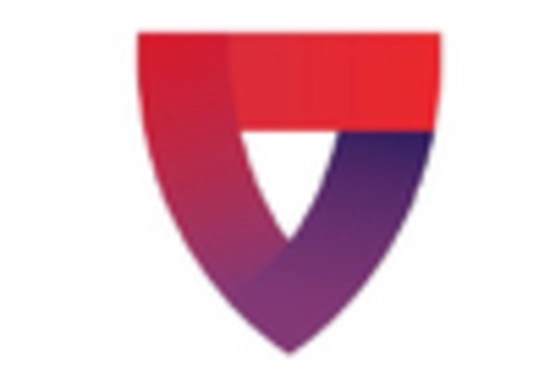

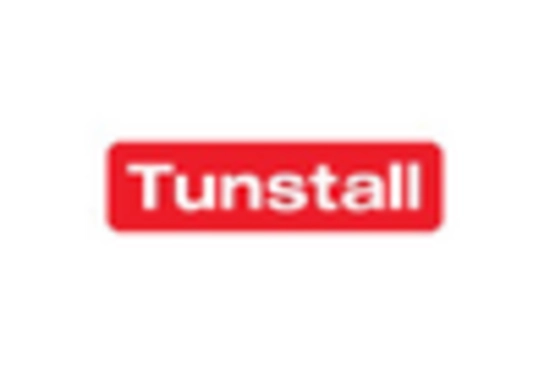








Leave a Comment